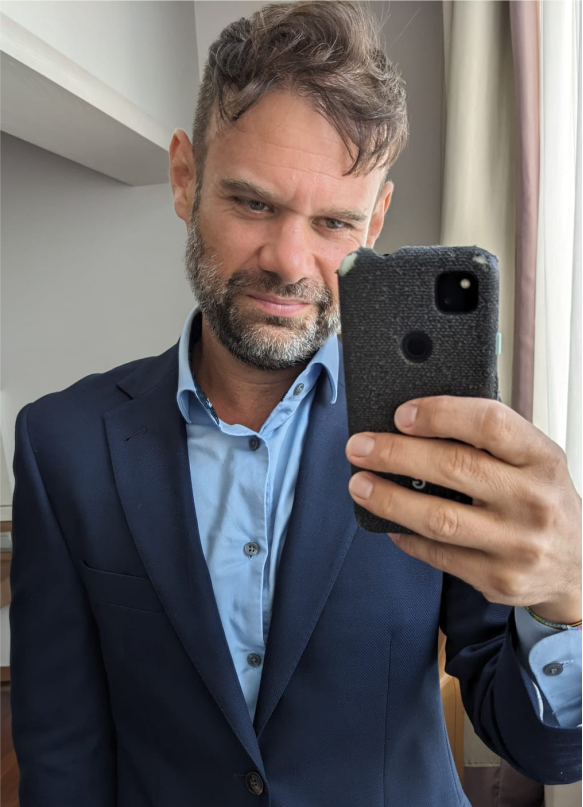Anderson Photon-Phonon Colocalization in Certain Random Superlattices
Published in Physical Review Letters 122, 2019
Fundamental observations in physics ranging from gravitational wave detection to laser cooling of a nanomechanical oscillator into its quantum ground state rely on the interaction between the optical and the mechanical degrees of freedom. A key parameter to engineer this interaction is the spatial overlap between the two fields, optimized in carefully designed resonators on a case-by-case basis. Disorder is an alternative strategy to confine light and sound at the nanoscale. However, it lacks an a priori mechanism guaranteeing a high degree of colocalization due to the inherently complex nature of the underlying interference processes. Here, we propose a way to address this challenge by using GaAs/AlAs vertical distributed Bragg reflectors with embedded geometrical disorder. Because of a remarkable coincidence in the physical parameters governing light and motion propagation in these two materials, the equations for both longitudinal acoustic waves and normal-incidence light become practically equivalent for excitations of the same wavelength. This guarantees spatial overlap between the electromagnetic and displacement fields of specific photon-phonon pairs, leading to strong light-matter interaction. In particular, a statistical enhancement in the vacuum optomechanical coupling rate, go, is found, making this system a promising candidate to explore Anderson localization of high frequency (∼20 GHz) phonons enabled by cavity optomechanics. The colocalization effect shown here unlocks the access to unexplored localization phenomena and the engineering of light-matter interactions mediated by Anderson-localized states.
